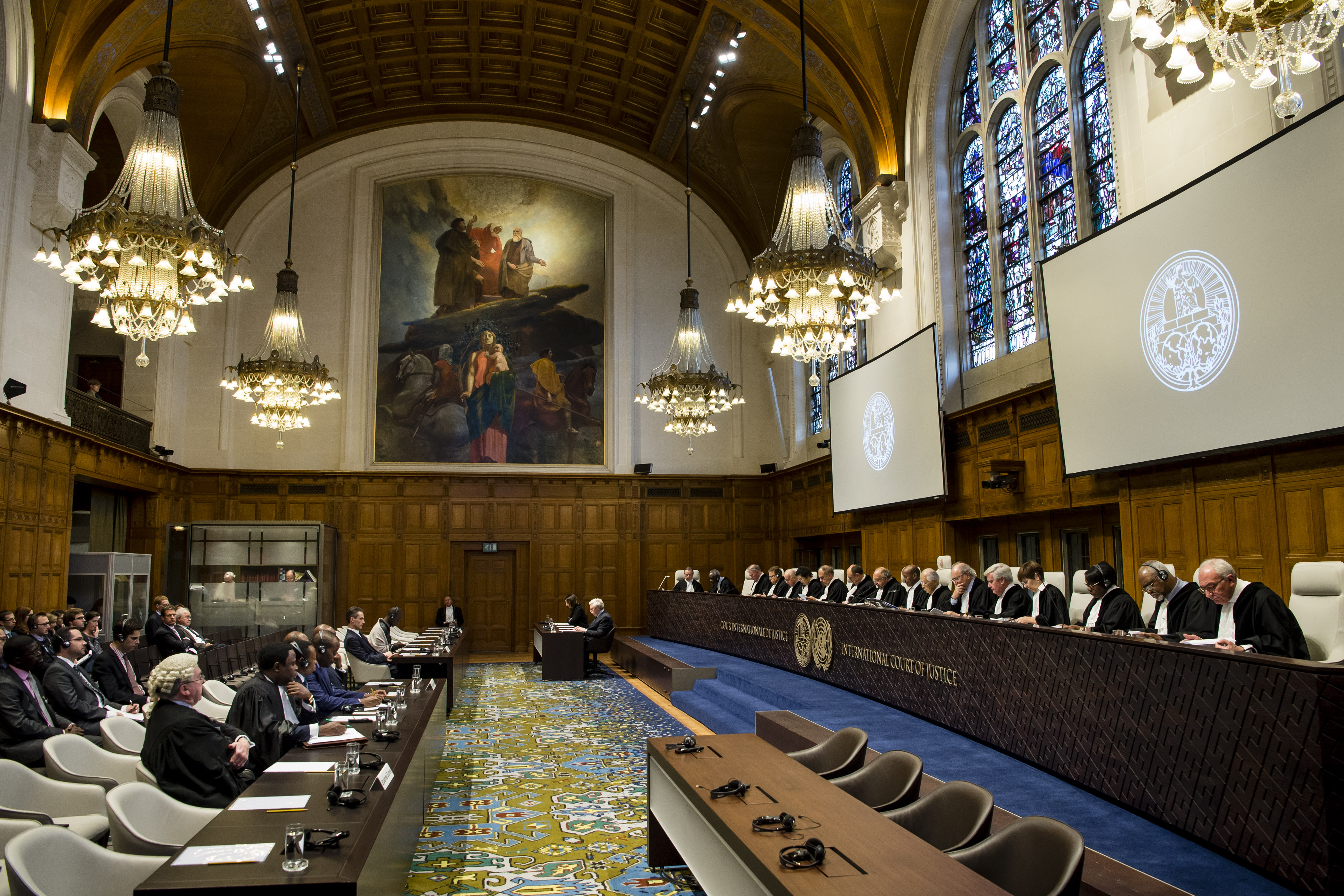Gregory McNeal Responds to Jonathan Horowitz on Civilian Harm Mitigation
Over at Forbes.com, Pepperdine law professor Gregory McNeal has this response to the critique I linked to the other day by Jonathan Horowitz of the Army's new manual on preventing harm to civilians.
Published by The Lawfare Institute
in Cooperation With

Over at Forbes.com, Pepperdine law professor Gregory McNeal has this response to the critique I linked to the other day by Jonathan Horowitz of the Army's new manual on preventing harm to civilians. It opens:
Last week I wrote about the Army’s publication of a new manual (technically an ATTP) aimed at preventing harm to civilians (Army Tactics, Techniques, and Procedures 3-37.31, Civilian Casualty Mitigation). Ben Wittes, posting at Lawfare, drew my attention to this analysis by Jonathan Horowitz of the Open Society Foundation’s Justice Initiative. Mr. Horowitz’s comments are generally favorable, however he takes issue with a few parts of the ATTP. I’m going to excerpt his concerns and address them individually because I believe they are less troublesome than he makes them out to be. First, he writes:The guidance talks about civilian casualty mitigation (CCM) primarily as a strategic consideration, rather than as a legal obligation that soldiers must obey. Certainly, there is mention of the law (“Commanders and leaders are responsible for ensuring their subordinates abide by the law of armed conflict”), but the main message to commanders is, to paraphrase, “you should think about whether civilian casualties will have a negative impact on your military objectives, and act accordingly.”His paraphrasing isn’t fair considering what is actually written in the manual. In fact, one could only draw this conclusion by assuming that the soldiers reading this ATTP will choose to do the exact opposite of what the ATTP says. On page 1-1, paragraph 1-1 the manual states“Protection of civilians is at the heart of the profession of arms. It is founded in law and in principles of humanity. In addition, protection of civilians supports strategic and operational objectives. Army units are expected to uphold the highest standards of conduct regarding protection of civilians; adherence to the law of armed conflict is the minimum standard.”Emphasis mine. By its text, the manual clearly states that these are legal obligations. As for whether there are strategic and operational benefits to be derived from obeying the law, those are “in addition” to the legal requirement to protect civilians. The main message to commanders is, not only is this your legal obligation, but there are also benefits that flow from following the law.
Benjamin Wittes is editor in chief of Lawfare and a Senior Fellow in Governance Studies at the Brookings Institution. He is the author of several books.





